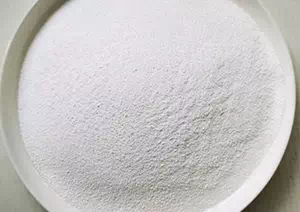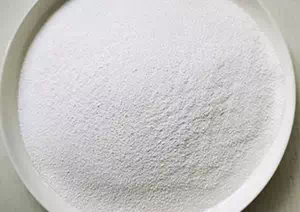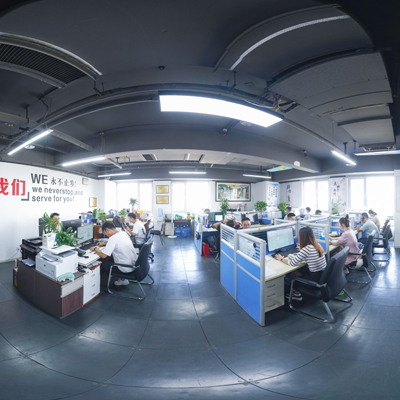What is Cellulose Acetate Butyrate CAS 9004-36-8?
Chemical Name: Cellulose Acetate Butyrate
Molecular formula: Non-single molecular formula (cellulose esterification derivative), typical structure contains acetyl group (C₂H₃O₂⁻) and butanyl group (C₄H₇O₂⁻)
CAS Number: 9004-36-8
EINECS number: 618-381-2
Appearance: White to off-white powder or granules, odorless and tasteless
Density: 1.15-1.22 g/cm³ (20℃)
Melting point: 127-240℃ (due to differences in substituent content)
Solubility
Soluble in ketones (acetone), organic esters (ethyl acetate), and alcohols (high butanyl content type);
Insoluble in water, ethanol (96%), saturated hydrocarbons (such as gasoline)
{pboot:if('
(1) Coa···'!=' ')}
Cellulose Acetate Butyrate CAS 9004-36-8 Use
(1) Coatings and inks
Function:
Improve leveling property, prevent sagging, and shorten drying time (increase the drying efficiency of automotive paint by 30%);
Promote the directional arrangement of metallic pigments (such as aluminium powder) and enhance the gloss of the coating;
Uv-resistant and anti-yellowing, it is suitable for outdoor signs and automotive lamps.
Scene:
Automotive paint: touch-up paint (quick-drying, easy to polish), original factory paint (weather resistance >5 years);
Wood coatings: Enhance scratch resistance and transparency.
(2) Plastics and films
High-performance films: oil-resistant/gasoline-resistant packaging films, photosensitive film bases (such as aerial photography);
Engineering components
Tool handle (impact resistance strength >580 J/m)
Cable ducts, steering wheel (insulation, cold resistance -40℃).
(3) Emerging fields
Biodegradable materials: food packaging, agricultural covering films (driven by environmental protection policies);
Pharmaceuticals and cosmetics: Sustained-release carriers for drugs, nail polish film-forming agents (biocompatibility).
{else} {/pboot:if}
Cellulose Acetate Butyrate CAS 9004-36-8 safety
Health risk:
Low toxicity (oral LD₅₀ >2000 mg/kg in rats), but the dust irritates the respiratory tract;
When operating, a dust mask (N95), goggles and impermeable gloves must be worn.
Environmental risk:
The production wastewater contains organic acids and needs to be pre-treated (adsorbed by activated carbon) before being discharged.
Storage requirements:
Keep sealed and away from light. Temperature <30℃, humidity <60% (shelf life 2 years).
Service
* Prompt reply and 24 hours online, professional team to provide best price and high quality product.
* Sample testing support.
* Every batch of products will be tested to ensureits quality.
*The packing also can be according the customers` requirment.
*Any inquiries will be replied within 24 hours.
*we provide Commerical Invoice, Packing List, Bill of loading, COA , Health certificate and Origin certificate. If your markets have any special requirements, let us know.







